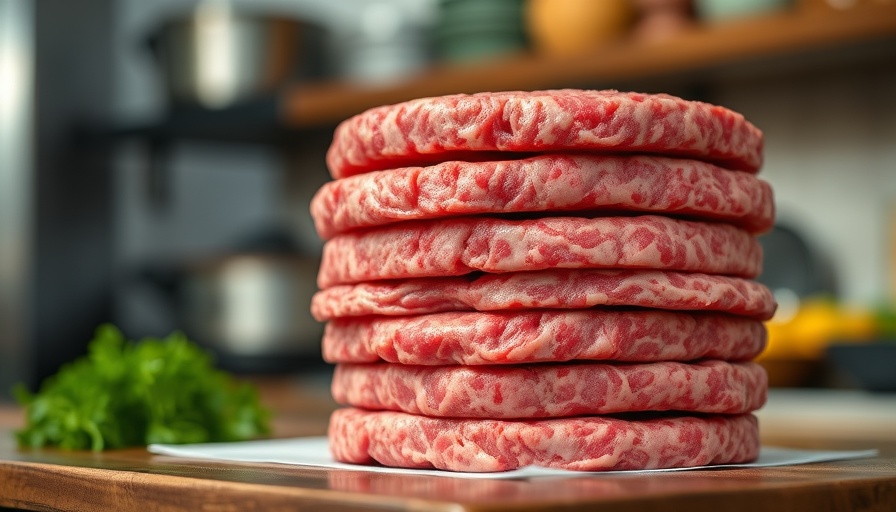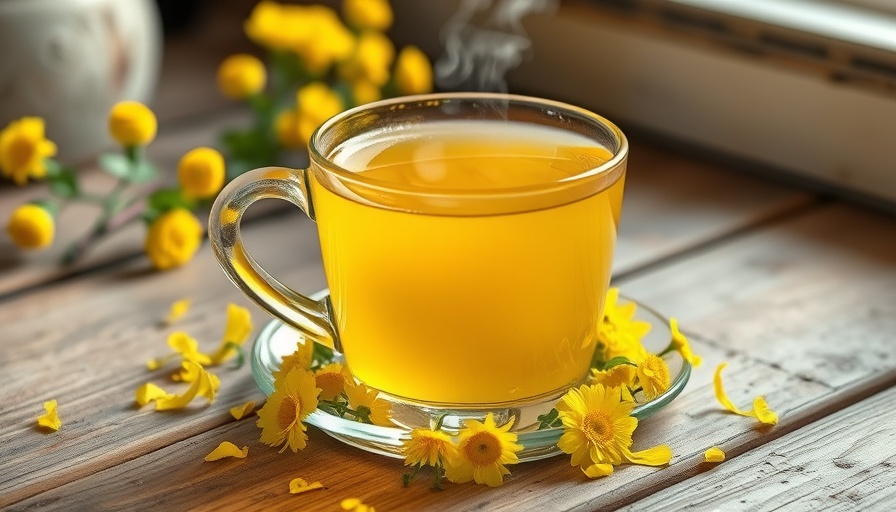
Understanding Heme Iron: The Meaty Connection to Cancer
As we delve deeper into the effects of heme iron, a component prominently found in animal products, it's essential to understand both its nutritious value and its potential risks. While heme iron gives meat its distinctive flavor, its presence raises critical questions about our diet and health.
How Heme Iron May Impact Cancer Risk
The European Food Safety Authority (EFSA) raised eyebrows when discussing the safety of heme iron, linking its potential intake with an increased risk of colorectal cancer. Studies show that the consumption of red and processed meat—which certainly contains heme iron—has been classified as a Group 1 carcinogen, similar to the risks associated with smoking. This classification brings a stark reality into focus; how safe are nutritional doses of heme iron for our health?
Potential Mechanisms Behind the Risk
Researchers point to several biological mechanisms by which heme iron may contribute to cancer. Notably, the transformation of heme iron into toxic compounds can lead to DNA damage, a recognized precursor to cancer. Moreover, high-heat cooking methods often used with meat can create harmful substances, increasing the level of carcinogenic risk significantly.
Evidence Support and Criticism
The International Agency for Research on Cancer (IARC) provides documented evidence linking heterocyclic aromatic amines (HAAs)—byproducts of cooking meat at high temperatures—and heme iron to carcinogenesis. However, organizations like the American Institute for Cancer Research adopt a more measured stance, underscoring that evidence from human studies remains limited, pointing to the animal studies that may exaggerate the effects due to extreme heme doses.
Animal Studies: Can We Trust the Findings?
Many studies involve laboratory animals consuming heme quantities that are surreal when paralleled with human dietary habits, which raises questions of validity. For instance, some models reflect consumption rates equivalent to an astronomical 40,000 pounds of meat daily. This disconnect from human diets means conclusions drawn may need more context for us as consumers.
The Dual Nature of Heme Iron
Despite the reservations about heme iron's potential health consequences, it's crucial to recognize that iron is necessary for various bodily functions. The balance of this micronutrient is vital, and the discussion surrounding heme iron's benefits versus risks informs choices in both dietary practices and food industry regulations.
Making Informed Choices: Is Heme Iron a Risk?
With the data available, consumers are left to weigh the benefits of dietary iron against the potential carcinogenic effects tied to heme iron. For individuals concerned about their cancer risks, exploring alternative sources of vitamins and nutrients—such as plant-based options—may be a prudent path to consider.
In conclusion, the emerging conversations about heme iron and its connection to cancer risk challenge us to reconsider our dietary habits, particularly with regards to red and processed meats. With the balance of benefits and risks in mind, individuals can make educated choices about their health.
Take action now—consider consulting a healthcare provider or nutrition expert to explore optimal dietary choices for your unique health needs!
 Add Row
Add Row  Add
Add 




 Add Row
Add Row  Add
Add 


Write A Comment